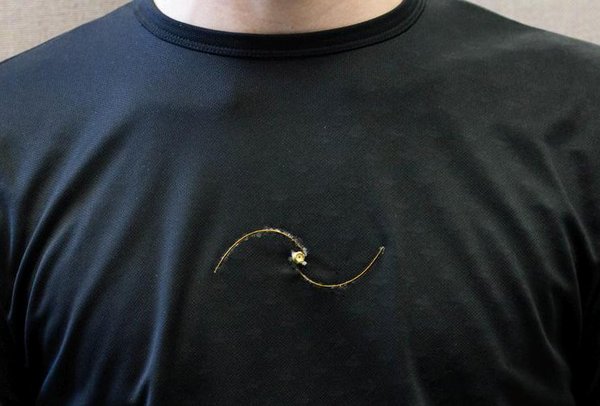Optics and photonics is a field in which basic and applied research converge and feed off one another. The photonics revolution gave rise to laser surgery, fibre optic networks, and the giant liquid crystal displays that have transformed our lives. Recent scientific advances such as ultrashort laser pulses will lead to noteworthy innovations in biophotonics, aerospace, medicine, telecommunications, and industrial processes.
Explore research on optics, photonics, and lasers
The faces of optics, photonics, and laser research
Biophotonics
Biophotonics is a growing field of study where the main research activities are related to medical imaging and diagnosis, the development of analytical tools, and intervention therapy.
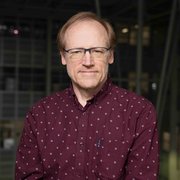
Paul De Koninck, professeur titulaire, Department of Biochemistry, Microbiology, and Bio-informatics
Director, Cellular and Molecular Neuroscience axis at the CERVO Brain Research Centre
Paul De Koninck’s work aims to increase our understanding of basic neural communication mechanisms responsible for learning and memory. He uses several high spatial and temporal resolution neurophotonics methods to observe and manipulate proteins and molecules that are involved in synaptic transmission, including cofocal and multiphoton microscopy, optical nanoscopy, video imaging, and electrophysiology.
Optical communications
Optical fibre has helped develop and speed up communication networks. To further increase network power and speed, researchers want to increase the spectral efficiency of high-speed transmissions using complex modulation formats, improve network flexibility using all-optical routing, optimize network energy efficiency using broadband access, and boost connectivity by broadcasting Radio frequency refers to radio waves in the 3–300GHz range and includes frequencies used for radiocommunications technologies such as mobile telephony, Wi-Fi, and radio broadcasting. signals over fibre.
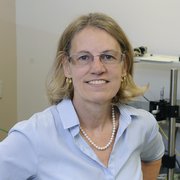
Leslie Rusch, professeure titulaire, Department of Electrical and Computer Engineering
Canada Research Chair in Communications Systems Enabling the Cloud
Rusch’s work focuses on cloud computing: computing centres that analyze large amounts of digital data and transfer the results via high-performance optical communications connections to devices such as smartphones to make them “smarter” and more efficient. She is working on optical fibres with multiple modes of light transmission to replace traditional fibres that only use one mode.
Lasers and short pulses
Femtosecond and short-pulse lasers are compact, versatile, and reliable lasers whose intensity and diversity are constantly increasing. Used on tiny surfaces, they become ultra-powerful, high-performance tools for micromachining, drilling, and cutting, which is why they are used for surgery. Researchers are working to improve the stability and spectral coverage of these lasers.
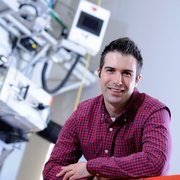
Martin Bernier, professeur titulaire, Department of Physics, Engineering Physics and Optics
Martin Bernier is working to improve the wavelength register of fibre lasers by creating a new generation of photo-inscribed photonic components using ultrashort and intense laser pulses. He is seeking to modify the reflective properties of lasers by subjecting fluoride glass fibre to ultrashort pulses. The resulting fibres can be integrated into systems used to cut materials, particularly in dentistry, cosmetic surgery, and dermatology.
In the first year of my PhD I worked with a number of researchers from Professor Vallée’s team to design a laser with unique properties. It led to a publication in Optica, one of the most prestigious journals in my field.
Simon Duval, PhD graduate in physics supervised by Professor Réal Vallée
Graduate studies
Make the leap to graduate studies
Explore our fields of study
Photonic materials
This research area is the foundation for all optics, photonics, and laser technologies. Photonic materials researchers investigate the basic properties of materials, including transparency, Birefringence is an optical property that allows materials to split light rays that pass through them. and photosensitivity. They are seeking to invent optical materials with a wider transparency range in the infrared spectrum and to better understand the optical processes involved in these innovative materials.
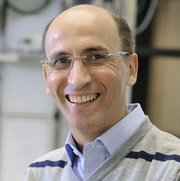
Younès Messaddeq, professeur titulaire, Department of Physics, Engineering Physics and Optics
Canada Excellence Research Chair in Photonics
Younès Messaddeq investigates new glass materials and the components derived from them, including glass that emits in the medium infrared spectrum with very low loss, microstructured and multifunctional optical fibres, and nanostructured materials. His research interests include designing new fibre lasers for conventional dentistry and beauty care, and advancing infrared fibre sensor technology. Younès Messaddeq is one of the inventors of the smart T-shirt, which contains a hollow optical fibre that remotely measures the respiratory rate of the person wearing it.
Guided optics and optical fibres
Computers and increasingly fast communication networks have revolutionized everyday life, but the ever-growing amount of data transmitted could eventually saturate fibre optic communication networks. Some of our researchers are working to optimize these networks by using the multiple dimensions of light waves to transmit information.
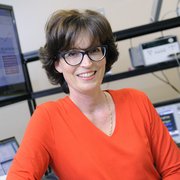
Sophie LaRochelle, professeure titulaire, Department of Electrical and Computer Engineering
Canada Research Chair in Advanced Photonic Technologies for Communications
Sophie LaRochelle is working on designing a new generation of photonic devices capable of transmitting data at very high speeds. Her research focuses on semiconductor photonic integrated circuits that will combine multiple optical signal processing functions in a single chip, thus increasing data transmission speeds.
Lasers and optical instruments have applications in almost all scientific and technological fields. This work is extremely exciting. When you’re immersed in it the enthusiasm is contagious.
Michel Piché, professor, Department of Physics, Physical Engineering, and Optics
